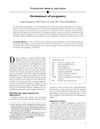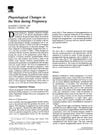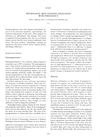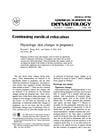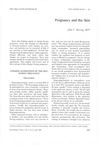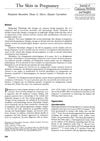Physiological Changes and Dermatoses of Pregnancy
June 2011
in “
International Journal of Dermatology
”
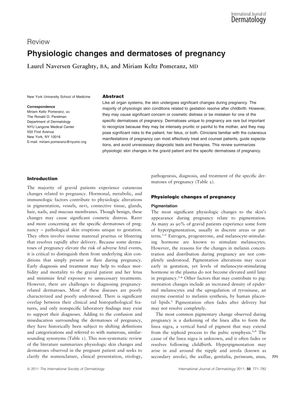
TLDR Most pregnant women experience skin changes like darkening and itching, while serious skin conditions are rare but need early treatment.
During pregnancy, up to 90% of women experience skin hyperpigmentation, with melasma affecting up to 75%. Pruritus is also common, affecting up to 20% of pregnant women, and may be part of a physiological change or a specific dermatosis related to pregnancy. Nevi typically do not change significantly, and the prognosis for malignant melanoma is not worse in pregnant women compared to non-pregnant women. Stretch marks and vascular changes like spider angiomas and varicosities are prevalent due to hormonal effects and increased blood volume. Glandular activity increases, affecting eccrine and sebaceous glands. Specific dermatoses of pregnancy, such as pemphigoid gestationis, pruritic urticarial papules and plaques of pregnancy, and intrahepatic cholestasis of pregnancy, are rare but significant due to potential risks to the mother and fetus. Early diagnosis and treatment of these conditions are crucial to reduce morbidity and mortality. Clinicians should be able to distinguish these pregnancy-related dermatoses from other skin conditions to provide appropriate treatment and counseling.
